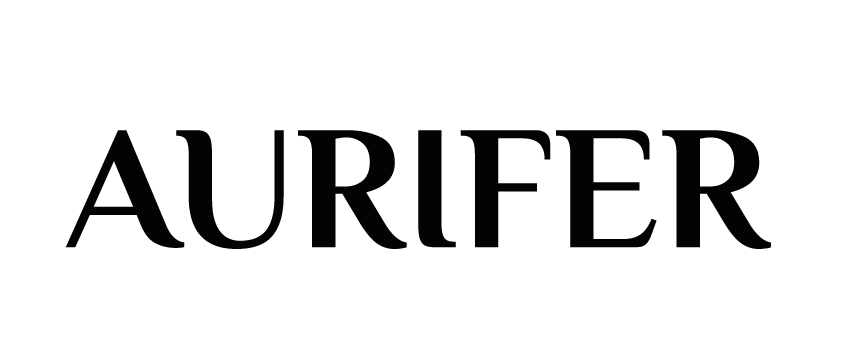

When setting up or reviewing their supply chain, businesses seek the most (cost) efficient and lean way for the cross-border movement of their goods. However, when performing this exercise, the indirect tax and regulatory requirements should be duly taken into account in order not to create any unforeseen or hidden (financial) risks.
For example, companies and supply chain experts continuously needs to ask themselves the following questions. Are all the required documents and certificates in place to import goods into a certain country? Are my products classified correctly for customs purposes? How is the taxable base for customs and import VAT calculated? Are there any related-company transactions and have these been taken into account for customs valuation? Are the incoterms in line with the contractual agreements and supply chain reality? How is the preferential and non-preferential origin of my product managed? Are there international sanctions and restrictions related to my products, my business partners or the country of destination? Etc. Non-compliance with the applicable regulations and formalities could lead to severe financial penalties imposed by the Customs and VAT Authorities. But next to the direct cost, companies should also be aware for the indirect financial implications as the cost of supply chain disruptions due to blocked or seized goods cannot be underestimated. In the world of international and cross-border trade, one catch phrase sums it up quite nicely: “if you think compliance is expensive, try non-compliance!”
Luckily, local legislations and international agreements have foreseen in various possibilities and legal tools not only to mitigate the risks, but also to establish an efficient customs and supply chain setup. With sufficient in-depth knowledge of the business combined with legal expertise, asking the right questions allows you to seize short term opportunities.
Are there optimizations possible through product classification or valuation of the import transaction? Am I using the full potential of international free trade agreements? Can I shift costs and responsibilities to my business partner through the use of Incoterms? Are there special customs procedures and arrangements foreseen enabling me to optimize customs duties (e.g. customs warehouse, free zones, temporally import, etc.)? Are there any simplification procedures foreseen enabling me to streamline and optimize my supply chain? Etc.
As the complex and ever-changing legislation brings both risks and opportunities, we would recommend to take a close look at the impact indirect tax requirements and other regulatory formalities have on your supply chain, and how these are currently managed. A good understanding of your business setup combined with a thorough knowledge of the various legal requirements will enable you to mitigate risks and spot opportunities and optimizations. This holds true especially now that VAT will be introduced in the GCC. A mapping of the current supply chain is therefore very important to further determine the appropriate strategies.
© Aurifer
Developed By Volga Tigris Digital Marketing Agency